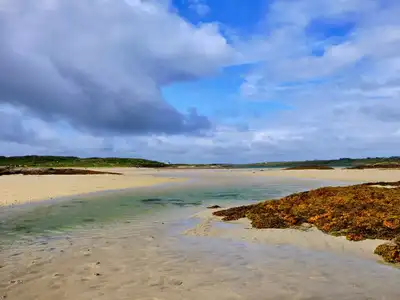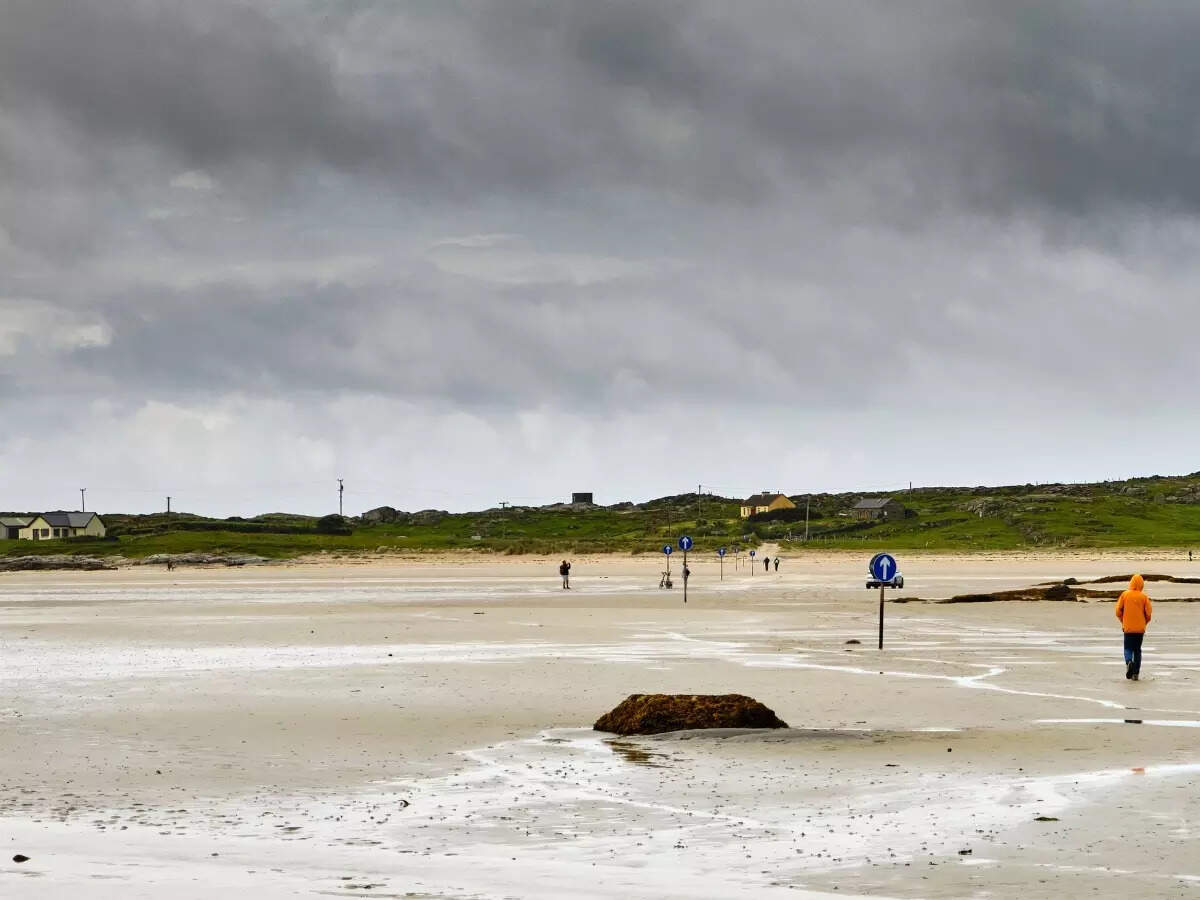ARTICLE AD BOX

Fascinating, isn’t it? There are islands all over the world that appear and disappear with tides. These islands are known as tidal islands. These land masses become fully submerged or partially submerged during high tide and emerge when the tide goes out.
It is quite surprising to see how nature plays out and how nature controls us and not the other way round.Here are all the islands that vanish and appear according to the will of nature:St Ninian's Isle, Shetland, Scotland

This island is located off the southwestern coast of the Shetland Mainland in Scotland. This island is connected to the mainland by the largest active sand tombolo in the United Kingdom and is approximately 500 meters long. This tombolo, also known locally as ‘ayre,’ is only exposed during the summer and at low tide; it is the only time when walkers can access the island on foot.
During winter, the tidal cycle changes and the waves remove the sand, submerging the tombolo at high tide.
This island has been inhabited since 1796 and is also famous for hoarding early medieval treasure which was found under the floor of its ancient chapel in 1958.Cramond Island, Scotland

Cramond Island is located in the Firth of Forth near Edinburgh and can only be accessed by a concrete causeway during low tide. This path gets submerged at high tide and cuts off land access, making it accessible only at specific times.
It is safe to walk along the raised causeway to the island at low tide, but only if visitors ensure that they leave enough time to return to the mainland before the water rises. This island also holds historical significance as remains of World War II were found here, including a row of concrete pylons on one side of the causeway, which were constructed as an anti-boat boom during the Second World War.Lindisfarne (Holy Island), England

This island is also known as Holy Island and is a tidal island located off the northeastern coast of England, connected to the mainland by a pathway that gets covered by the sea at high tide and exposed during low tide.
Visitors must time their visits carefully to avoid being cut off by the incoming tide. The causeway is generally open from about three hours after high tide until two hours before the next high tide. The island is renowned for its historic monastery, early Christian heritage, and natural beauty.
The tidal causeway access and the island’s cultural significance make it one of England’s most famous tidal islands.Mont Saint-Michel, France

This is a rocky island located in Normandy, France.
This island is connected to the mainland by a causeway that gets periodically submerged by high tides, making the island inaccessible at that point of the day. The tides in this area are among the highest in Europe, sometimes causing the island to appear as if it is surrounded entirely by water, making it a picturesque spot. This island has also been famous for being a historic site of pilgrimage for a long time.Omey Island, Ireland

This is a tidal island located near Claddaghduff on the western edge of Connemara in Ireland. This is connected to the mainland by a pathway that gets exposed at low tide and can be accessed on foot or by vehicle. At high tide, it gets submerged and appears again at low tide. The island features archaeological sites, ruins of an early Christian church, and a rich natural landscape that attracts visitors interested in history and nature.
The tidal causeway provides a unique natural experience of visiting the island depending on tidal availability.



.png)
.png)
.png)
















 3 hours ago
6
3 hours ago
6









 English (US) ·
English (US) ·